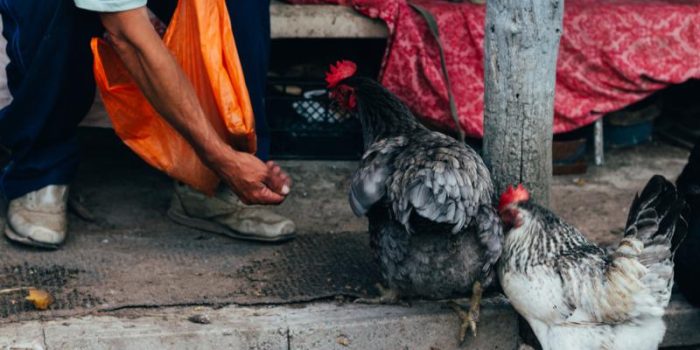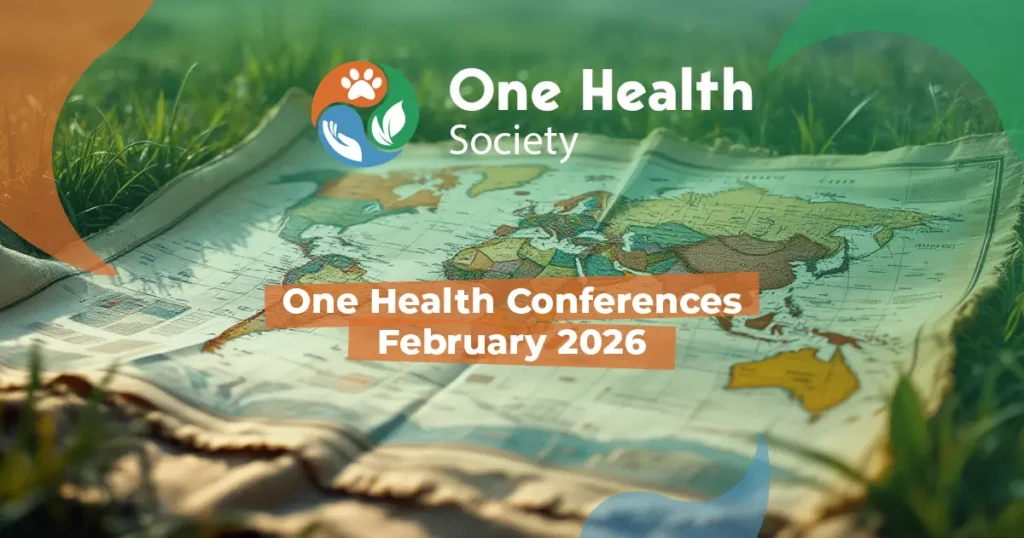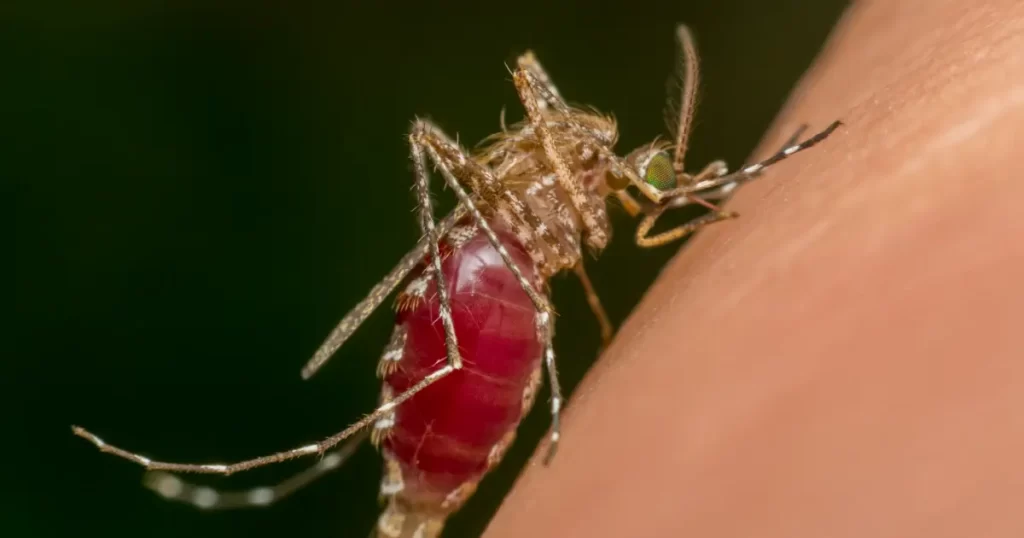Cambodia’s health ministry yesterday reported two more human H5N1 avian flu cases, part of a spike in cases in June, with six cases reported so far this month.
Health officials announced the two cases on the ministry’s Facebook page, and the notice was translated and posted by Avian Flu Diary, an infectious disease news blog. The patients are a 46-year-old woman and her 16-year-old son who are neighbors of the country’s last publicly announced case, a 41-year-old woman from a village and Siem Reap province in the northwestern part of the country. The illnesses were detected as part of the investigation into the last case.
The two newly confirmed patients are in stable condition and are being treated with oseltamivir (Tamiflu).
Investigators found sick and dead chickens in the patients’ home, the neighbor’s home, and in the village. The patients had handled and cooked the chickens. Most cases in Cambodia involve contact with poultry or contaminated environments, but a recent illness without known poultry exposure was reported in the middle of June.
The ministry listed the two illnesses as the country’s ninth and tenth cases of the year, six of them fatal, though it has only publicly detailed nine cases this year.
The latest cases are part of an overall rise in H5N1 cases in Cambodia since last 2023, after the country went nearly a decade without cases.
Cases involve new reassortant
Erik Karlsson, PhD, with the National Influenza Center and Pasteur Institute in Cambodia, said on X yesterday that the newest cases follow a pattern of direct exposure to poultry, such a preparing or handling sick birds.
He said the recent cases involve a reassortant 2.3.2.1e genotype that has been detected in both humans and poultry since 2023. The novel reassortant contains genes from the older clade 2.3.2.1c virus known to circulate in Cambodia since 2014 and genes from the global clade 2.3.4.4b virus.
Every case is an important reminder that H5N1 is still here, that early detection is critical, and that vigilant surveillance and a continued One Health response is essential to stay ahead of the threats as a measure to protect local communities and global public health, Karlsson said.













